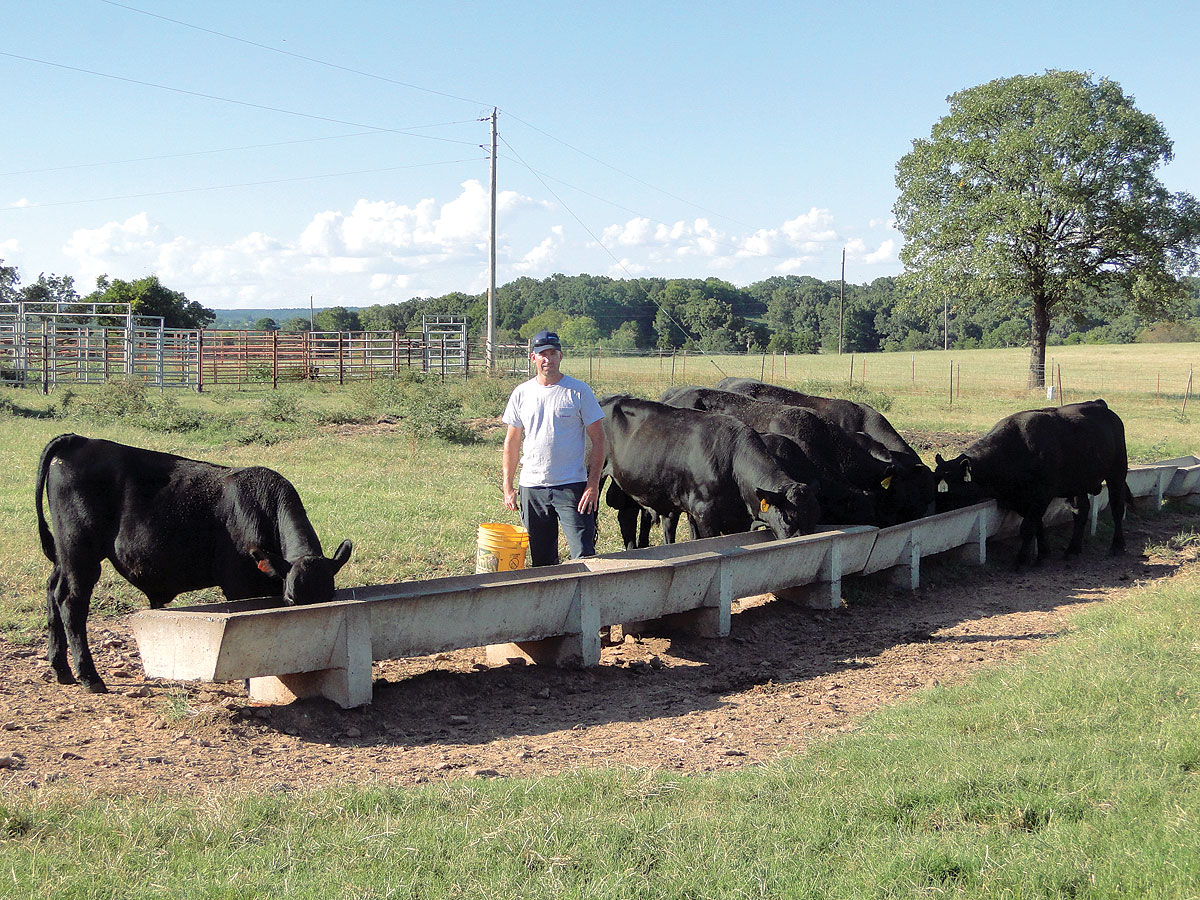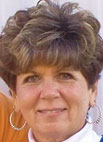
Kevin Hightower says farming more than 1,200 acres takes the whole family
David Sylvester Hightower was raised in Billings, Mont., then moved to Henryetta, Okla., and finally settled in Cedarville, Ark., during the Great Depression because he found 60 acres available and affordable.
Over the years he added to the original purchase and had 380 acres when he passed. He started what has grown into a family corner of Cedarville where many of his children, grandchildren and now great-grandchildren now live, including Kevin Hightowner.
Eighteen years ago, Kevin began with Bekaert Wire and Fence as a greaser and is now the maintenance supervisor, a position he took over several years after his mentor, Tom Wellnitz, retired from that same position.
Kevin owns 100 acres not far from his father’s birthplace on which he lives with his wife Jennifer, their 12-year-old son Brady and 15-year-old daughter Anna. He also owns 132 acres jointly with his father, Jimmy, while leasing 1,000 acres in various locations from Natural Dam to Van Buren, Ark.
“Nothing would work if we didn’t work as a family,” Kevin said. “My father Jimmy and I work together all of the time with. My 20-year-old nephew, Josh Bender, is in college studying to be an engineer but also critically important to my hay operation, sometimes driving a truck while other nephews, my daughter and son load square bales. My father-in-law, Paul Brown, is also indispensable.”
When Kevin and Jimmy bought the 132 acre section in the spring of 2017, the land had been unused for years and held the remnants of an apple orchard. Many trees were still alive, producing tiny apples devoured by deer. The land was terribly overgrown but, strangely enough for this part of the country, not rocky. Kevin’s goal was to have highly productive hay ground that was as easy to work on as possible. Kevin bulldozed the land and removed the debris before plowing and disking. Next, he used a land leveler. Before seeding in late May 2018, Kevin used a heavy roller he put together himself. He went over the land again and again until the ground was exactly as he wanted.
Kevin consulted Nixa Seed and Hardware in Nixa, Mo., which advised using a high then grade Bermuda seed. He also took advice from Matt Fryer, the local Extension agent. The field was progressing nicely until the rain quit. Kevin soil tested and found the new land needed potash instead of lime like the rest of his land. He then applied a little chicken litter and with the gift of rain, the “field woke up.”
Kevin had his second cutting on this new field in September. Matt has advised him to spray with Roundup in 7 to 10 days after cutting in order to kill Johnsongrass and crabgrass. Kevin’s head knows the advice is good, but his heart is afraid to ruin the field he has worked so hard to develop. Consequently, he is going to take Matt’s advice on a test plot. Then next February he will use Roundup again to kill everything except the dormant grass.
“I used to use Grazon, but I’m switching to Roundup as Matt advised because I can see the results.” Kevin said.
While the new field is solely Bermuda, the rest of his 500 hay acres have mixed grasses. He produces around 1,500 square bales for horse people and, on average, 4,000 round bales for cattle. He has never advertised but sells by word-of-mouth and frequently has the hay sold as it is being harvested. Kevin’s record for baling is 360 round bales in one day, and once he produced 60 bales in an hour.
One of the keys to his operation is working closely with his landlords on his leased land. He likes to take care of the land like it was his own and keep it looking nice because they most usually live on the place and let him know when something is wrong or a cow is out, information he deeply appreciates.
“It’s not a matter of if the cattle get out but when. My method for handling the problem is using feed to get the cattle back to where they belong,” Kevin said with a laugh.
Kevin runs a 100-head Angus-cross herd and purchases 100 heifers every other year. He retains half of the heifers and sells the other half as bred heifers with a goal of increasing his momma herd up to 200 cows. He maintains 16 bulls, four Hereford with the rest being Angus and Balancers. Kevin typically buys bulls as calves and raises them himself. He has four purebred but not registered bulls.
“A $3,000 registered bull can hurt himself as easily a $1,000 bull. I raise commercial cattle and keeping papers is not cost-efficient,” explained Kevin.
Having grown up around cattle, Kevin is comfortable choosing bull calves by appearance and considers three qualities: head size, which indicates calving ease, muscling and demeanor. Any bull calf he purchases that demonstrates less than an ideal temperament is immediately sold.
Kevin prefers calving in January because flies are less of a problem and the young calves are ready to graze when the grass is ready. He finds cold is rarely an issue and is able to synchronize about 75 percent of his calves to be born in January. He uses Balancers to breed the heifers. He prefers to time breeding so the heifers calve at 2 1/2 years old in an attempt to control synchronization and limit calving issues. Though he began selling bred heifers on Craigslist and the Internet for a couple of years, he now does so by word-of-mouth. He has repeat customers who also tell others and has little difficulty marketing.
Kevin, a fulfilled man who loves his job and his farm.
“Someday, probably when I retire, I’ll be a full-time farmer,” he said.






